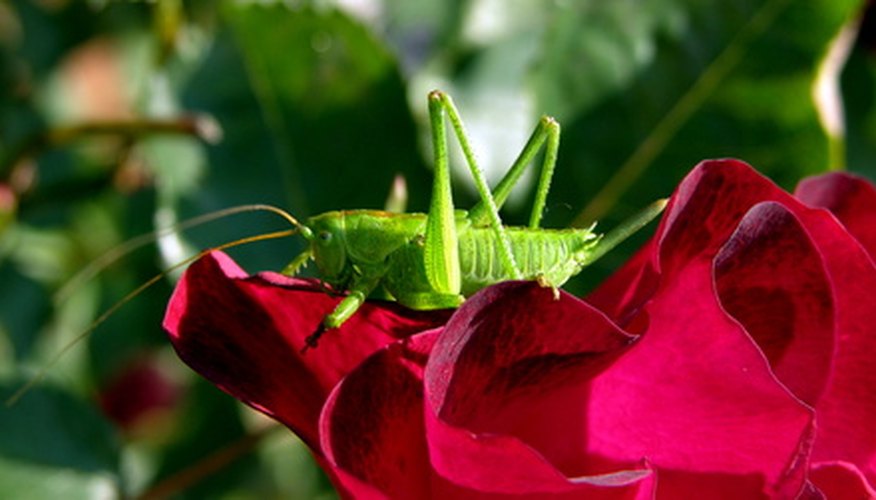Many animals and insects have specific meanings in Japanese culture and mythology. The grasshopper, along with other insects and small creatures, features prominently in several aspects of Japanese culture. Grasshoppers signify good luck to the Japanese.
History
Chinese noblemen introduced the practice of listening to "singing insects," such as crickets and grasshoppers, to Japan. The Japanese court particularly enjoyed this form of entertainment, typically as a seasonal event.
Types
Images of grasshoppers often appear in Japanese paintings, such as Shibata Zeshin's painted scroll "Grasshopper and Flowering Vine" from 1880. You can find Japanese good luck charms in the shape of grasshoppers, or live grasshoppers kept as pets.
- Many animals and insects have specific meanings in Japanese culture and mythology.
- Images of grasshoppers often appear in Japanese paintings, such as Shibata Zeshin's painted scroll "Grasshopper and Flowering Vine" from 1880.
Fun Fact
Though grasshoppers bring good luck in Japan, they are also a source of food. You can find grasshoppers on the menu at restaurants or buy them individually to cook at home. Grasshoppers are most commonly served fried.
